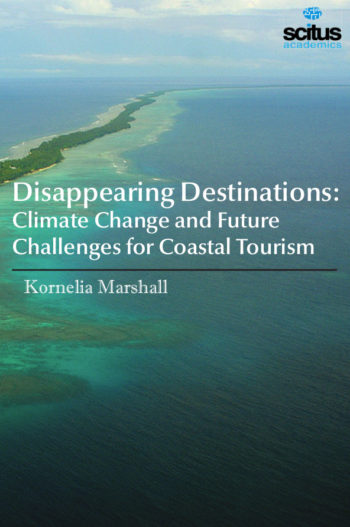In the recent past, a trend known as medical tourism has emerged wherein citizens of highly developed countries choose to bypass care offered in their own communities and travel to less developed areas of the world to receive a wide variety of medical services. The practice of travelling for health and medical reasons has a long history. Even the ancient civilizations recognized the therapeutic effects of mineral thermal springs and sacred temple baths. For example, the Sumerians constructed health complexes around hot springs more than four thousand years ago, which included temples with flowing pools. Ancient Romans built resorts with thermal health spas, and therapeutic temples thrived during the Greek domain. Ancient Greeks were known for their travels to the sanctuary of the healing god, Asklepios, believed to reveal remedies for different ailments in the dreams. This sanctuary was in fact a small territory in the Saronic Gulf named Epidauria – today considered as the birthplace of medical tourism as we know it.
Medical tourism is becoming increasingly popular. “Medical tourism” refers to traveling to another country for medical care. It’s estimated that up to 750,000 US residents travel abroad for care each year. Many people who travel for care do so because treatment is much cheaper in another country. In addition, a large number of medical tourists are immigrants to the United States returning to their home country for care. The most common procedures that people undergo on medical tourism trips include cosmetic surgery, dentistry, and heart surgery. This phenomenon is driven by marketplace forces and occurs outside of the view and control of the organized healthcare system. Medical tourism presents important concerns and challenges as well as potential opportunities. Medical tourists are subject to a variety of risks, which may include deep vein thrombosis, tuberculosis, amoebic dysentery, paratyphoid, poor post-operative care, and others. Medical tourism is fundamentally different from the traditional model of international medical travel where patients generally journey from less developed nations to major medical centers in highly developed countries for medical treatment that is unavailable in their own communities. Growing competition for affordable and accessible medical resources and providers has prompted a user-friendly yet thorough analysis of the medical tourism industry of the past, present and future in this meticulously researched and compiled ‘how to’ for up and coming as well as well-established medical providers around the world. Evolution of Medical Tourism shields such topics as the future of the global healthcare industry to dealing with supply and demand in the medical tourism industry. It covers from developing marketing channels to the importance of patient nurturing, negotiations and patient acquisition.













